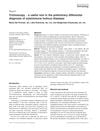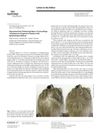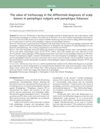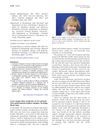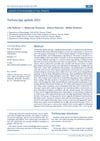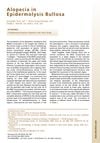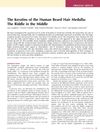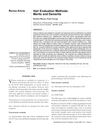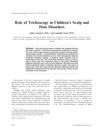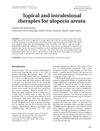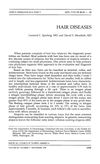Pathogenesis and Clinical Features of Alopecia in Epidermolysis Bullosa: A Systematic Review
June 2019
in “
Pediatric Dermatology
”
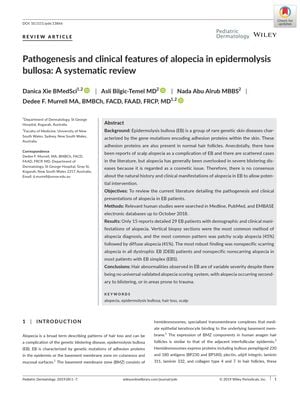
TLDR Alopecia in patients with epidermolysis bullosa varies in severity and is often caused by skin blistering or trauma.
The systematic review from 2019 examined the development and clinical characteristics of alopecia in 29 patients with epidermolysis bullosa (EB), a rare genetic skin condition. It found that alopecia in EB patients varied in severity and was often a secondary effect of blistering or trauma. The review identified that all patients with dystrophic EB (DEB) exhibited nonspecific scarring alopecia, while most with EB simplex (EBS) had nonspecific nonscarring alopecia. The study also discussed genetic factors, such as mutations in the PLEC and KLHL24 genes, which are linked to different EB subtypes and associated alopecia patterns. Scarring alopecia was noted to be more common in severe EB subtypes. The review highlighted the need for further research, including prevalence studies and genome sequencing, due to the complexity of alopecia in EB and its historical underrepresentation in research. No specific funding was received for the research, and various contributors were acknowledged.
